Even the most down-to-earth people get emotional about Bill Viola’s videos. Clare Lilley of Yorkshire Sculpture Park (YSP) seems close to tears as she takes me round his new show. Lilley is the show’s curator. She’s usually so matter-of-fact, but when she talks about Viola her eyes light up. When she took her two teenage daughters to his studio in Los Angeles, she tells me, they both cried when they saw his films. I like to think I’m made of sterner stuff, but when she leaves me in the Sculpture Park’s Underground Gallery, where Viola is on show, after a few minutes in there on my own I’m blubbing like a baby. What is it about Bill Viola that makes grown men (and women) weep?
Bill Viola is usually described as a video artist, but his short, silent films are more like Renaissance paintings. Not much happens, but every moment feels full of meaning. Like religious iconography, his work addresses birth and death, and love and grief. It’s really no surprise that he’s often shown in churches. His work is currently in St Paul’s Cathedral, and in an old chapel here at YSP. It feels like the perfect place for his dreamlike art.
We meet at YSP, in a function room strewn with balloons and bunting. Viola’s Australian wife, Kira Perov, is a constant presence by his side. He met her on a trip to Melbourne in 1977. They’ve worked together ever since. ‘I couldn’t do this without Kira,’ says Viola. He has the visions, the flashes of inspiration — she sorts out everything else. ‘These are all his ideas, and I help make them happen,’ says Kira. It’s like the relationship between a director and a producer, or an old master and his studio. Despite its slick production values, his work is actually quite traditional. There’s no computer trickery — he uses real people and real materials.
Bill and Kira visited YSP for the first time last year and loved it. ‘It’s life-affirming,’ says Viola. You can see why he likes it here. Yorkshire Sculpture Park is a place where families measure out their lives: weekends, bank holidays, the excursions that punctuate each passing year. Viola’s art is also about families, and the remorseless march of time. ‘The only thing you need to do is make sure you leave something behind,’ he tells me, solemnly. He doesn’t seem like an artist, more like a shaman or a priest.
Viola was born in New York in 1951, and enjoyed a conventional middle-class childhood. His dad worked for Pan Am. His parents weren’t particularly arty, but Bill could draw. He can still recall one of his earliest art classes, in kindergarten. While his classmates doodled, Viola drew a whirlwind. His teacher told him to stand up. ‘Look, children — look what little Billy did!’ she told them. ‘What have you done?’ she asked him, still not entirely sure what his dramatic drawing was supposed to be. ‘I’m making a tornado,’ he told her. He’s been making tornadoes ever since.
Viola’s father persuaded him to go to university instead of art school, but far from thwarting his creativity, this turned out to be a lucky break. At Syracuse University in 1970 Bill discovered video. The machines were rudimentary, but being at the birth of a new art form forced him to find his own way. Right away, he knew this was how he wanted to spend his life.
With Kira, he travelled to Japan — a country he’d always yearned to visit. ‘We had a Zen teacher there, and he was just extraordinary,’ he recalls. His teacher told him five minutes could become five hours. It’s a good description of Viola’s videos — he packs a lot of time into a compact space. Japan was a profound experience, but it also had its comic moments. One day, Viola showed his teacher some of his paintings. Without any warning, the teacher slapped his face. ‘What happened?’ asked Viola. ‘What did I do?’ ‘Too much information!’ replied his teacher. ‘Too much thinking!’ Viola learnt his lesson. His art has an oriental simplicity. Each video is like a haiku. Everything you need to know is contained within a single frame.
Water is a constant motif. It makes perfect sense when you discover he nearly drowned when he was a child. ‘It changed my life,’ he says, simply. ‘Water has always been with me, completely — all the works that we do, you’ll always find something connected with water.’ This near-death experience seems central to his work, and his personality. He still comes across as someone who’s peered into the other side.
One of his most potent works, ‘The Dreamers’, depicts seven people sleeping peacefully underwater. ‘It’s the space between life and death,’ explains Kira. Yet there are practical problems with these aquatic artworks, which are invariably hers to deal with. ‘Working with water is more difficult than working with fire!’ she chuckles. ‘You can control fire, to a certain extent. You can’t control water!’ She begged him to leave off making waterworks for a while, but to no avail.
The death of Viola’s parents transformed his art. He was already in his forties, with a family of his own, but these bereavements still hit him hard. ‘I was like a lost soul,’ he says. ‘I didn’t know what to do.’ One unexpected consequence was that he began to see the old masters in a new light. ‘As an artist, I was always looking into the future. I didn’t give a shit about those guys!’ But now that he was grieving, the beauty of those paintings overwhelmed him. ‘Finally I realised what I was doing. I started going deeper and deeper into these great artists of the past.’ Viola’s work became more classical. His videos acquired a supernatural quality, which speaks to anyone who’s lost a loved one. His films are overwhelming, but afterwards you feel restored.
Walking round Viola’s show, I can see why his work makes people weepy. His videos are canvases on to which you project your own emotions. At the entrance to this exhibition, he’s written a statement that sums it up. ‘The most important place where my work exists is not in the museum,’ he writes. ‘I want to look so closely at things that their intensity burns through your retina and on to the surface of your mind.’ As I leave the gallery, Viola’s haunting visions are eclipsed by the Yorkshire landscape. But when I close my eyes they’re back again, even more vivid than before.
Got something to add? Join the discussion and comment below.
Get 10 issues for just $10
Subscribe to The Spectator Australia today for the next 10 magazine issues, plus full online access, for just $10.
Bill Viola is at Yorkshire Sculpture Park until 10 April 2016.
You might disagree with half of it, but you’ll enjoy reading all of it. Try your first month for free, then just $2 a week for the remainder of your first year.

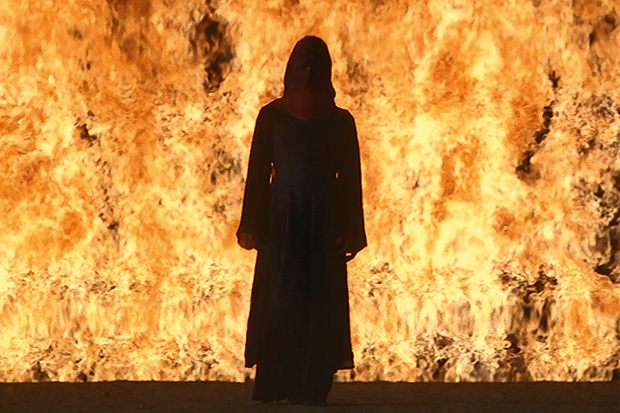
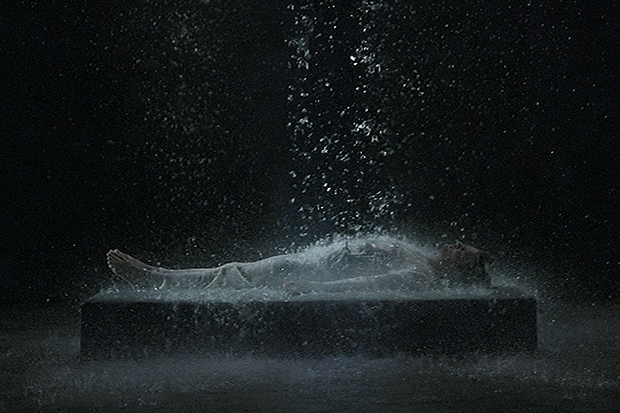
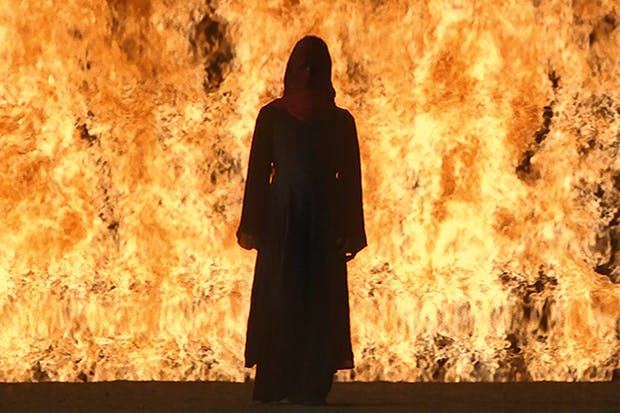
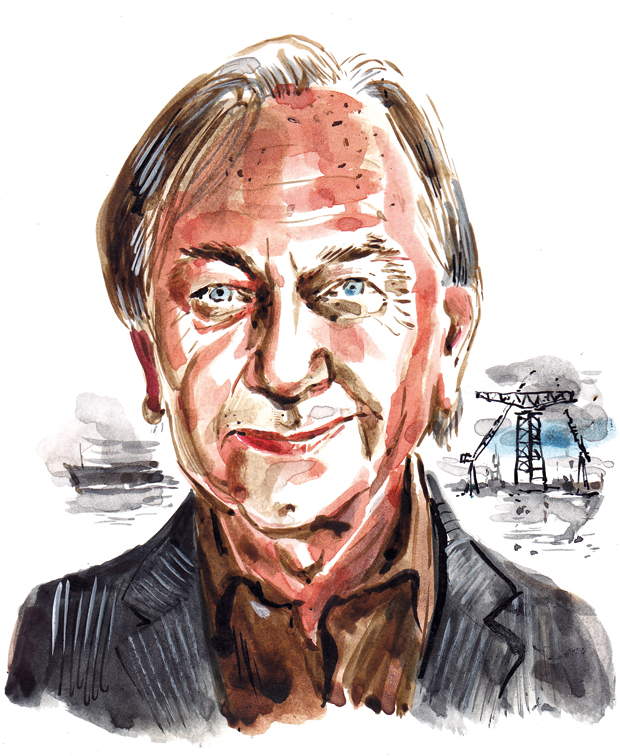


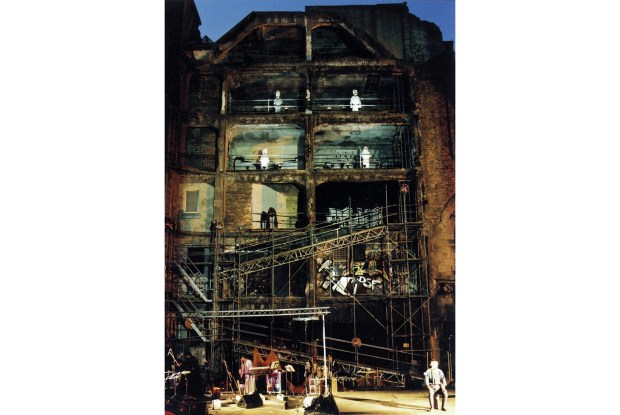
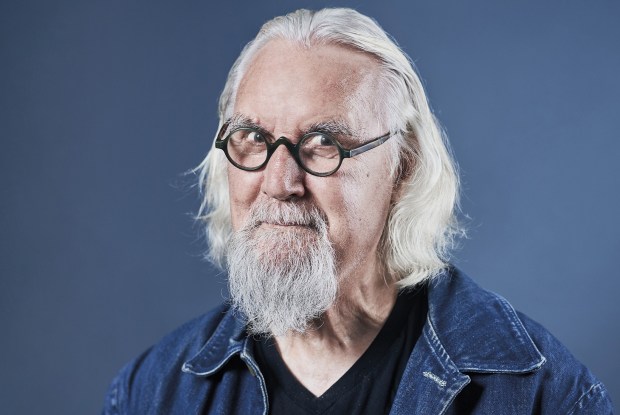






Comments
Don't miss out
Join the conversation with other Spectator Australia readers. Subscribe to leave a comment.
SUBSCRIBEAlready a subscriber? Log in